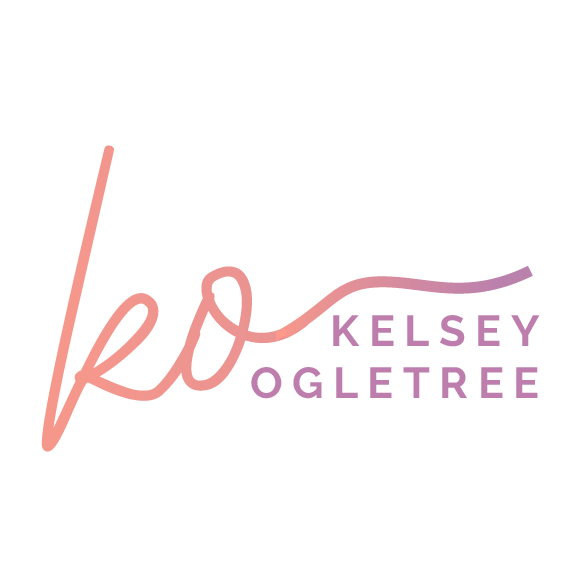If You’re Not Pitching Writers on Content Marketing, You Should Be. Here’s Why
I’m going to let you in on a secret: The freelance journalists who talk about making six figures aren’t doing it on journalism alone. Most of us do a blend of writing content for brands as well as pitching and writing stories for consumer-facing publications. More and more, the lines are blurring between these types of content. Many companies and brands are putting out articles that are equally as interesting, trend-focused, science-backed and entertaining to read as their consumer counterparts.
If you’re not pitching your clients to these outlets by getting in front of the freelance writers penning words for them, you should be. The idea of pitching writers on content marketing is a hot topic among PR agencies right now, from what I’m hearing. It’s easy to overlook these types of sites in favor of more traditional media outlets, but they can be extremely powerful when they reach a highly engaged, targeted audience. For example, Mackenzie Nester, media relations specialist with Columbus, Ohio-based Geben Communication, recently told me about securing a story for one of her clients on credit score company SavvyMoney’s blog, which was well-received on both ends, she noted.
Another PR pro says she’s actively pitching clients to brands and their respective publications. “I come from a partnership background, and one of my favorite things to do is try and tell my clients' stories in a unique and interesting way while reaching a new demographic,” says Jamie Silverman, an account manager with The Brandman Agency in New York. “Brand publications are a wonderful opportunity to get your client in front of a new audience—say, the Indie fashion buyer who shops at Free People or the fitness guru who goes to Equinox—while aligning them with a cool brand.”
There are some serious benefits to both freelance writers and publicists working with brands on content. For writers, the top perk is that these projects almost always pay better than traditional journalism (i.e., they’re not staying afloat from advertising dollars), and in many cases, the articles are assigned by content managers—therefore increasing a writer’s hourly rate by removing the time that would otherwise be spent pitching ideas. For publicists and their clients, reaching these niche audiences can have big payoff as well. For example, Silverman says that she finds the shopper mindset is similar to the traveler mindset, and brand loyalty is so strong these days that if a reader's favorite athleisure brand recommends a cool vacation spot, that might just be all a reader needs to book a stay.
You may have pitched (or appeared!) in content marketing pieces without realizing it. Now, digital is everything—and so many of the “blogs” that are part of a company’s marketing strategy are no longer just masquerading as publications; they’re a media outlet in their own right. In the past, I’ve found some experts or companies didn’t want to be affiliated with another brand—but as content quality has improved, that’s slowly changing.
Here are some examples of great content marketing:
Tripadvisor Blog rivals sites like Travel + Leisure with robust features of top hotels, airlines, destinations and more, along with service-based articles addressing common traveler concerns in the ongoing pandemic.
The Upside by Vitacost (a subsidiary of Kroger) has great articles on nutrition and health, fantastic recipe roundups, service-based pieces on wellness trends and more. I write for them monthly and they pay nearly double what a consumer-facing publication pays for digital articles. I regularly interview MD and RD sources for these articles pitched to me by publicists.
Food Fanatics is an excellent print publication (with digital articles, too) from foodservice company US Foods. Not only is the content high quality (I’ve worked with the editor before, and they have a rigorous editing process), it’s also a smart resource for trendspotting and getting ideas for other food-related pitches.
Furthermore from Equinox is a publication from the fitness company. I love the unique look of the digital site, which has a full editorial team to which journalists can pitch everything from nutrition to fitness to travel content.
Realtor.com isn’t just for searching for your dream house. If you click the “News & Insights” button on the top right, it takes you to the content site for Realtor, which is packed with useful articles, mainly news and service-focused pieces. I write for them a few times a month and regularly use sources from publicists.
So how exactly do you pitch your clients to these outlets?
It can be tricky, but the best way to go about this is by connecting with freelance writers who write for them. Ask the writers you have relationships with what kind of content marketing they do. Chances are, if they typically write within a niche for traditional media outlets, they may parlay that niche into writing for brands, too (for example, a travel writer creating content for a brand in the travel space). Do your research and determine if the quality of the blogs or content on these sites is at an appropriate level and also reaching one of your target audiences. Find out if the writer is responsible for finding their own qualified sources for stories, or if sources are generally given to them by content managers. If it’s the former, that’s a great opportunity to talk about how your clients might be a resource for that content in the future. As always, it comes down to building relationships, which leads to longer-term results for you and your clients rather than one-off, transactional pitches to writers.
Now I’d love to know: Is your agency focused on working with freelance writers for placements that are technically “content marketing”? Why or why not? Share your success stories and thoughts in the comments below.

